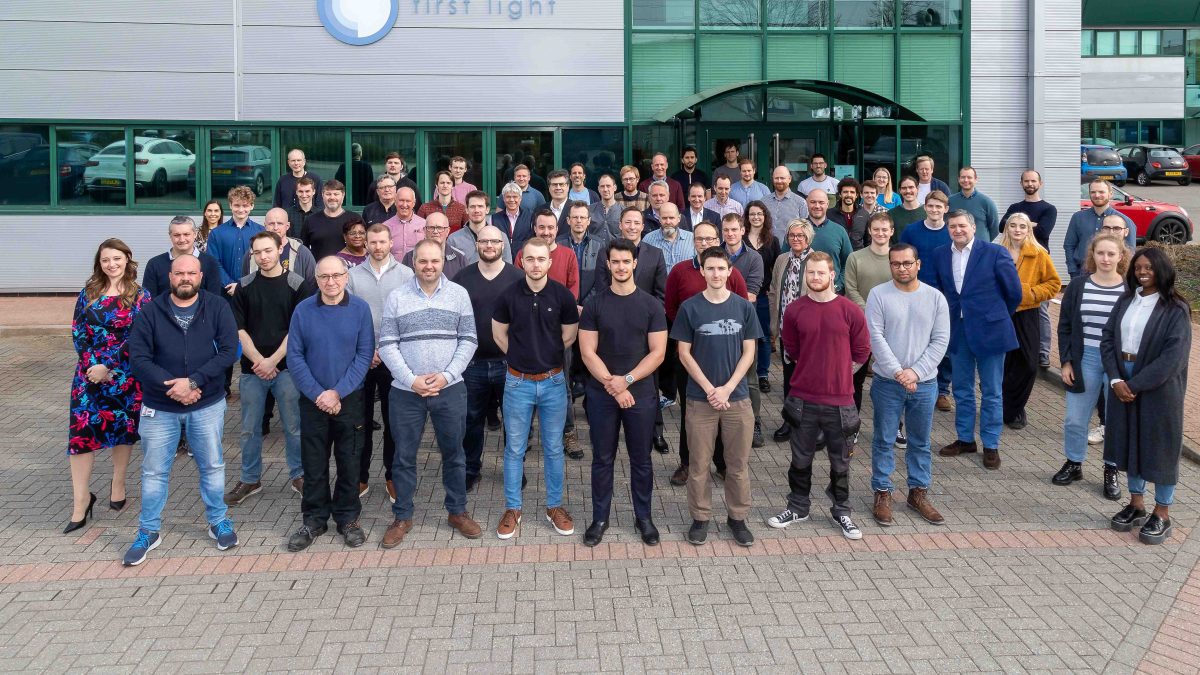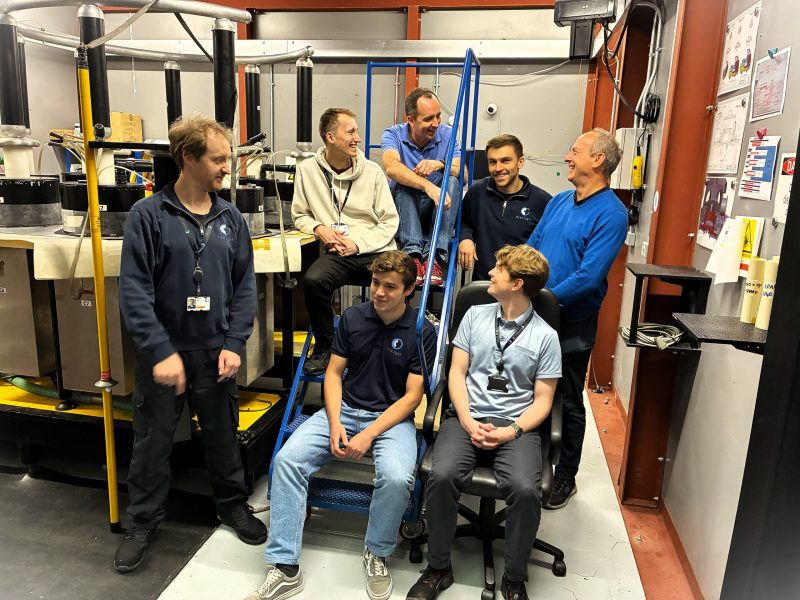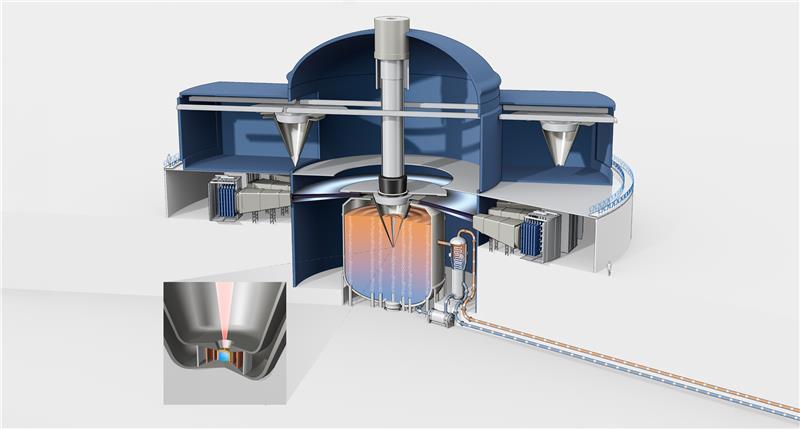- National Ignition Facility, Lawrence Livermore National Laboratory, has confirmed it has achieved “gain”, more energy out than in, for the first time
- Gain from inertial fusion has significant implications for the fusion sector, and for First Light in particular
- First Light’s approach leverages the same physics now proven by NIF but combines it with a unique approach that gets to a competitive cost point in a truly scalable manner
13thnDecember 2022, Oxford, UK: First Light Fusion, the Oxford-based fusion pioneer, congratulates the National Ignition Facility, Lawrence Livermore National Laboratory, in California, on its maiden “gain” result.
Nick Hawker, Co-founder and CEO of First Light Fusion, said:
“Huge congratulations to NIF. Many of our team have worked directly with Livermore and know the dedication, rigour and creativity they bring to their work, this result is well deserved. This is a watershed moment for inertial fusion as a power generation technology. Gain has long been the measure of success, the objective that shows the core physics has been cracked. The physics path from this result to power production is very clear and significantly de-risked.”
This is a hugely significant moment for the fusion sector generally, and for inertial fusion specifically, opening the path to power production from inertial fusion. The consensus has always been that magnetic fusion would get to gain first but those in the inertial fusion field have seen this coming for several years. NIF’s result has revolutionised the way we think of fusion and is one of the biggest milestones towards developing a commercial fusion source.
That gain was possible with inertial confinement fusion has never been in doubt, but this is the first time that it has been shown on a scale that works for energy generation. The race is now on to develop a power plant that allows for that energy generation at a competitive cost point.
First Light is pursuing inertial fusion using a projectile instead of a laser which is a simpler, lower-cost approach with an easier pathway to a power plant. The laser approach can also work as a power generation technology if cost reductions for the laser itself can be realised. There have been many prior conceptual design studies and significant work development of the technology required for power production. This race to a power plant is not at the starting line, much progress has already been made.
First Light’s approach, a form of inertial confinement fusion using a projectile instead of a laser, creates the extreme temperatures and pressures required to achieve fusion by compressing a target containing fusion fuel using a projectile travelling at a tremendous speed. The key technology is First Light’s “amplifier” design. The amplifier focuses the energy of the projectile into the fusion fuel, both boosting the pressure from impact to deliver to the fuel, and shaping the waves to produce the same spherical implosions just proven on NIF. The physics of the projectile impact is much simpler than the laser-matter interactions involved in the laser approach, nor does the amplifier introduce additional physics challenges, being based on manipulation of simple shock physics. This result from NIF proves that the core process works, First Light has a different wrapper around that process that we believe has a much more rapid path to electricity generation.
First Light’s research has clearly identified what is needed to reach the right cost point, and this work shows that inertial fusion can compete directly with renewables on cost of electricity. Fusion offers a zero-carbon baseload power source that is desperately needed if we are to both decarbonise and to bring the developing world out of energy poverty.
…cont
Nick Hawker continued:
“For the energy sector, there will not be an immediate impact, and it is important that deployment of renewables must continue. This is not a silver bullet for climate change. But we need clean baseload power and this is what fusion can offer. It does not have the drawbacks of nuclear, no high-level or long-lived waste, no meltdown risk. There is a credible path to a power plant with the laser approach. At First Light we are pursuing a simpler, lower-cost approach that we believe can be commercialized more quickly. This result is directly relevant to the physics of our approach and massively increases our belief that we can reach cost-competitive power production with inertial fusion.”
Professor Steven Rose, Imperial College London (Chair in Plasma Physics) and a member of First Light’s Scientific Advisory Board said:
“This wonderful result shows that inertial fusion works at the MJ scale which gives huge impetus to its development for a power source and as a tool for fundamental science.”
Arun Majumdar, former Chair of First Light’s Scientific Advisory board, Dean of the Stanford Doerr School of Sustainability and Jay Precourt Provostial Chair at Stanford University, said:
“This is a historic scientific milestone, and one which has the potential to significantly advance the fields of clean energy as well as national security.”
ENDS
For more information please contact:
First Light Fusion Ltd
David Bryon, CFO +44 (0) 1865 807 670
Powerscourt
Peter Ogden +44 (0) 7793 858 211



